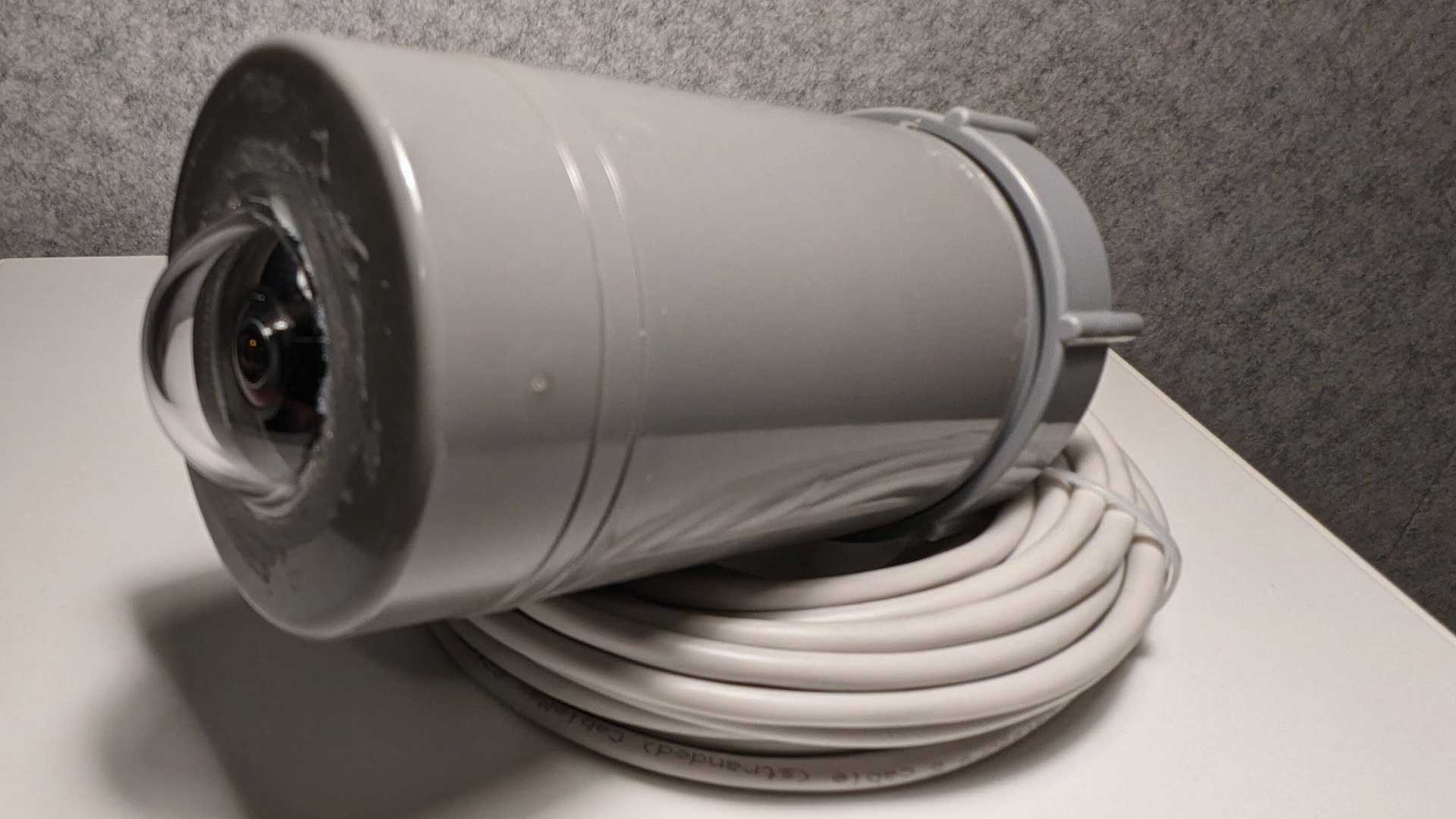

If there’s one subject that a lot of photographers want to capture, it’s Aurora Borealis – otherwise known as The Northern Lights. But predicting them is not easy. Predictions are often just a best guess, but there are ways we can improve those guesses.
That’s what Frank Pinns has been doing with his Raspberry Pi-powered all-sky camera. It’s designed to continually watch the night sky, looking out for auroras. When it spots them, it sends Frank an alert. And you can build your own.
Seeing the sky with Raspberry Pi
The camera is based around a Raspberry Pi 4 (buy here) with a Power over Ethernet (PoE) hat (buy here) and the Raspberry Pi High-Quality camera with M12 mount (buy here) with a 184.6° ultra-wide-angle lens (buy here).
There are, of course, several other items, including various cables, connectors, screws and other hardware. A complete list can be found on Frank’s website. But overall, the cost should come out to a little under $300.
This is significantly less than the thousands (or tens of thousands) of dollars you’d have to pay for a ready-made off-the-shelf solution. You can potentially make this much smaller if you shop around, though.
Power and Data on a single cable
The PoE hat and a suitable power over ethernet injector (buy here) allow the camera to both receive power and send and receive data over a single ethernet cable. This makes connectivity very simple and should just plug straight into your existing network.
This also helps to achieve one of Frank’s goals of having the unit be completely waterproof. Fewer holes or sockets for cables means fewer sources of potential leaks. He also required that it operate at up to -30°C and be able to withstand -50°C temperatures.
Watching the skies so you don’t have to
As the camera utilises an extremely wide 184.6° lens, it can see the entire sky when placed on the ground, pointing upwards. It also catches some of the ground around the edges as it can see slightly behind itself.
Of course, it doesn’t just detect the Northern Lights. It also detects the Southern Lights, Aurora Australis, for those living in the southern hemisphere. For those particularly keen to shoot the Aurora, it’s a nice low-budget option for an Aurora detector.
So far, Frank’s instructions, which you can find here, only detail the construction of the hardware. However, Frank’s documentation of developing the hardware setup and iteration process is fascinating to read.
The software part, the actual brains of the unit, which detects the Aurora and sends you an alert, is to come in a future post. So, be sure to keep an eye on Frank’s website for that one.
Frank has made the plans and STL files for his Aurora Detector available to download.
[via Hackaday]






